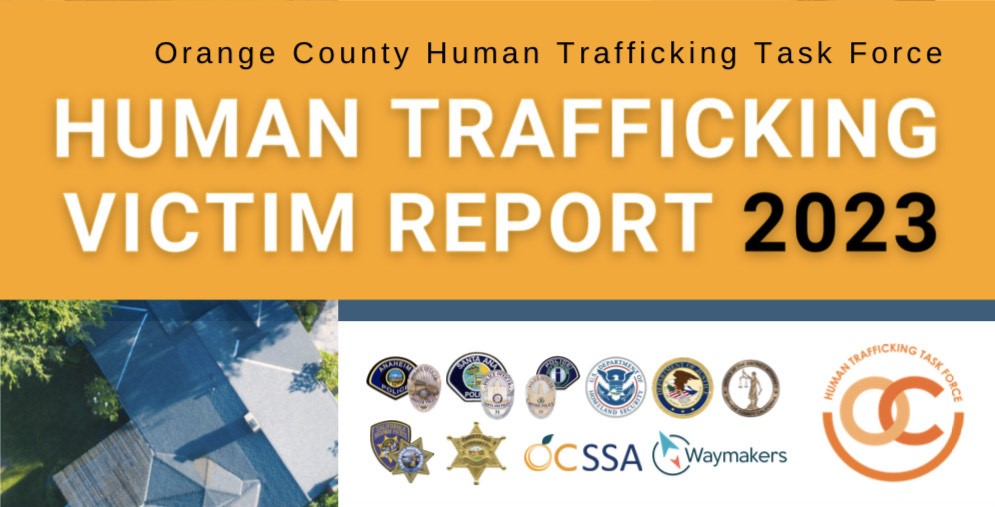A decade of public awareness campaigning has yet to slow the flow of forced labor, also known as human trafficking, in Orange County.
That’s one finding from a new report from the Orange County Human Trafficking Task Force, slated to be released Tuesday, Oct. 3.
Though the report says roughly half (49%) of local students can identify the warning signs that a person is being physically forced or otherwise coerced into sex work or other types of involuntary labor – a level of awareness that wasn’t true a decade ago – other data suggests at least some of those teens also are vulnerable to being trafficked.
During the two-year window tracked in the report – 2021-2022 – the task force helped 420 trafficking victims, including 151 minors. Both numbers are higher than in any of the group’s seven previous reports – and they almost certainly capture just a sliver of the broader problem.
“We’re doing our best to reach all those who are exploited and/or trafficked, but we don’t know how large (the problem) is,” said Michelle Heater, who directs victims assistance programs for Waymakers, a local nonprofit that is a co-founder of the task force.
Heater added that the victims helped by Waymakers or other members of the Orange County Human Trafficking Task Force – a coalition of nonprofits, public agencies and several police departments – is “a snippet” of all people forced into sex work or other labor in Orange County. She said nobody knows, with certainty, if the problem is growing or slowing down.
“None of us would be surprised if this is happening in, literally, every city in the county,” Heater said.
“If you don’t think it’s happening in your backyard, it’s possible the people who are trafficking are just that good at hiding it in that particular area.”
Though there is little hard data on the actual size and location of trafficking in the United States, Heater and others who work with victims believe Orange County has…
Read the full article here







